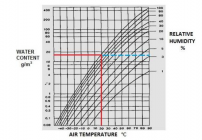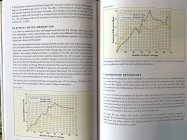The humidity of your powder can have an impact on your load's performance and consistency. But there's little in the way of actual public data about it. I wanted to collect the highest quality data I could, so I sent 120 rounds downrange to measure just that.
I tested H4350 at five different humidity levels and measured how moisture affects the velocity and pressure of a load (spoiler: it's significant). I then isolated and measured exactly how much of that effect is due to the change in weight of the powder vs. the change in burn rate.
Let me know what you think!

 chronoplotter.com
chronoplotter.com
I tested H4350 at five different humidity levels and measured how moisture affects the velocity and pressure of a load (spoiler: it's significant). I then isolated and measured exactly how much of that effect is due to the change in weight of the powder vs. the change in burn rate.
Let me know what you think!

How does humidity affect powder?
You may have heard about a relationship between humidity and bullet velocity either in a book, on a reloading forum, or from a crusty benchrest shooter right after saying they get better ES/SD̵…
 chronoplotter.com
chronoplotter.com












